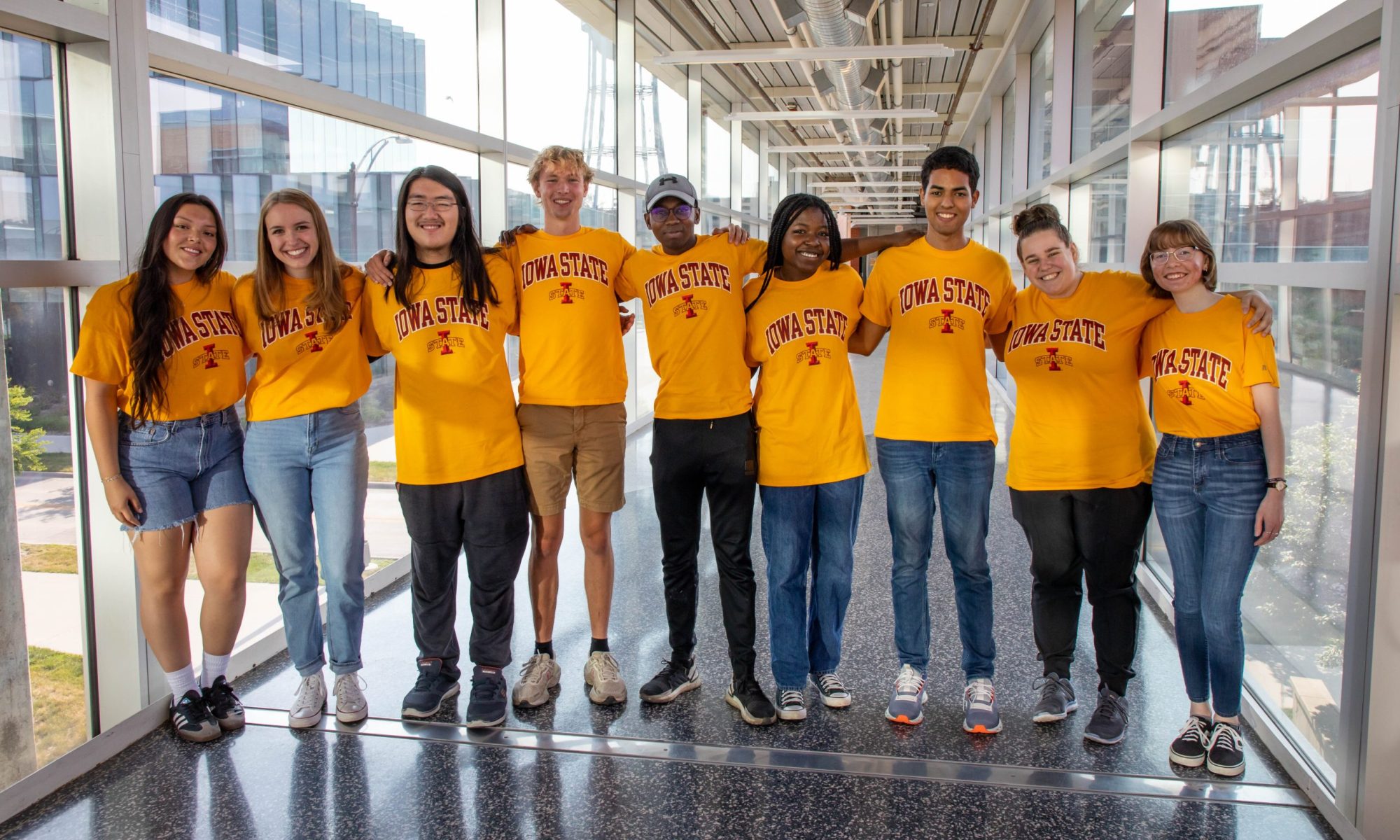While thinking about the design of things through the lens of bad usability, two features of the Fredrickson Court Apartments came to mind.
The first being the door locking mechanism to each apartments door. In order to open the unlocked door, you must insert the key, turn it all the way to the left while pushing the door open. This sequence of steps may seem intuitive, but the handle on the outside of the door implies its use to open the door. Yet it is not actually used. It took multiple attempts to get inside the first few times of opening the door. Although this locking approach differs from standard doors, I anticipate that its implementation was for college students who would prefer to leave their door unlocked or forget to lock their apartment door. This mechanism causes the door to remain locked regardless of being physically locked from the inside or with the key. I believe the intention was to increase security. However, it lacks common design principles of following standard knowledge and experience.
Another feature of the apartments that could be adapted for better usability are the cabinet doors. The cabinet’s have a seamless look with no handles and are opened by pulling the side or bottom of the door. Navigating this seamlessness took many failed attempts of pulling the wrong corner or something that wasn’t actually a drawer… Two cabinets that particularly stand out to me are the two adjoining cabinets in the corner of the kitchen. Without the aid of handles, I anticipated the doors would open towards one another. Similar to double doors. However, the doors open on opposite sides. You think it’d be simple to remember which way they open but I get it wrong every single day. Jamming my fingers into the side with the hinges at least once a day…
It’s interesting to think about how usability design affects my daily routine. Yet, these examples seem quite trivial to me when thinking about the implications of other inefficient usability designs.

Great examples! If you want to enhance them with pictures, you could. Both are good non-software examples of the small things that add cognitive load to our lives for no good reason and keep us from focusing entirely on what we want to focus on.